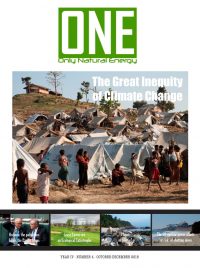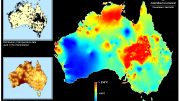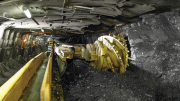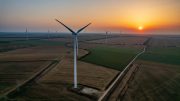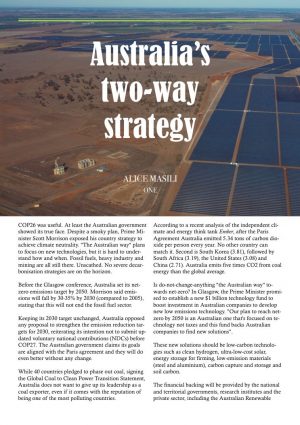 COP26 was useful. At least the Australian government showed its true face. Despite a smoky plan, Prime Minister Scott Morrison exposed his country strategy to achieve climate neutrality. “The Australian way” plans to focus on new technologies, but it is hard to understand how and when. Fossil fuels, heavy industry and mining are all still there. Unscathed. No severe decarbonisation strategies are on the horizon.
COP26 was useful. At least the Australian government showed its true face. Despite a smoky plan, Prime Minister Scott Morrison exposed his country strategy to achieve climate neutrality. “The Australian way” plans to focus on new technologies, but it is hard to understand how and when. Fossil fuels, heavy industry and mining are all still there. Unscathed. No severe decarbonisation strategies are on the horizon.
Before the Glasgow conference, Australia set its net-zero emissions target by 2050. Morrison said emissions will fall by 30-35% by 2030 (compared to 2005), stating that this will not end the fossil fuel sector.
Keeping its 2030 target unchanged, Australia opposed any proposal to strengthen the emission reduction targets for 2030, reiterating its intention not to submit updated voluntary national contributions (NDCs) before COP27. The Australian government claims its goals are aligned with the Paris agreement and they will do even better without any change.
While 40 countries pledged to phase out coal, signing the Global Coal to Clean Power Transition Statement, Australia does not want to give up its leadership as a coal exporter, even if it comes with the reputation of being one of the most polluting countries.
According to a recent analysis of the independent climate and energy think tank Ember, after the Paris Agreement Australia emitted 5.34 tons of carbon dioxide per person every year. No other country can match it. Second is South Korea (3.81), followed by South Africa (3.19), the United States (3.08) and China (2.71). Australia emits five times CO2 from coal energy than the global average.
Is do-not-change-anything “the Australian way” towards net-zero? In Glasgow, the Prime Minister promised to establish a new $1 billion technology fund to boost investment in Australian companies to develop new low emissions technology. “Our plan to reach net-zero by 2050 is an Australian one that’s focused on technology not taxes and this fund backs Australian companies to find new solutions”.
These new solutions should be low-carbon technologies such as clean hydrogen, ultra-low-cost solar, energy storage for firming, low-emission materials (steel and aluminium), carbon capture and storage and soil carbon.
The financial backing will be provided by the national and territorial governments, research institutes and the private sector, including the Australian Renewable Energy Agency (Arena), the Clean Energy Finance Corporation (Cefc), the Clean Energy Regulator (Cer) and other specific programs.
Since 2012 Arena has funded more than A$ 1.8 billion in early-stage research and development projects related to solar, wind and other renewable energy technologies, as well as energy storage and grid integration.
Cesc, which should facilitate the financial flows in the clean energy sector and encourage investments in renewable energy, energy efficiency and low emission technologies and projects, has invested over A$ 9.5 billion in clean energy projects worth over A$ 32.8 billion.
Cer has committed approximately A$ 2.5 billion to emission reduction projects in various sectors, including energy efficiency, industry and transportation.
Australian companies are trying to seize these opportunities. The national government has received several gigawatt-scale green hydrogen projects. One of the most ambitious is located in the Western Green Energy Hub. Expected to be operational in 2030, it could produce up to 50 gigawatts of hybrid wind and solar power over 15,000 square kilometres. It should produce over 3 million tons of hydrogen from renewable sources or around 20 million tons of green ammonia. Production would supply both domestic and foreign markets. The estimated cost is 100 billion Australian dollars.
There is also the Moolawatana Renewable Hydrogen project – it will combine approximately 3 GW of wind and 3 GW of solar with electrolysers, a desalination plant and a 500-km-dedicated H2 pipeline. The project is still in the pre-feasibility phase. And there are many more at this stage.
Australia does not look idle. There are several projects on green hydrogen and synthetic fuels going on Down Under. But it remains fastened to gas and coal.
This is the Australian way: do not dismantle anything before there is something just as reliable and convenient to replace it. Only time will tell whether this is the best path towards carbon neutrality or climate catastrophe.
Alice Masili


